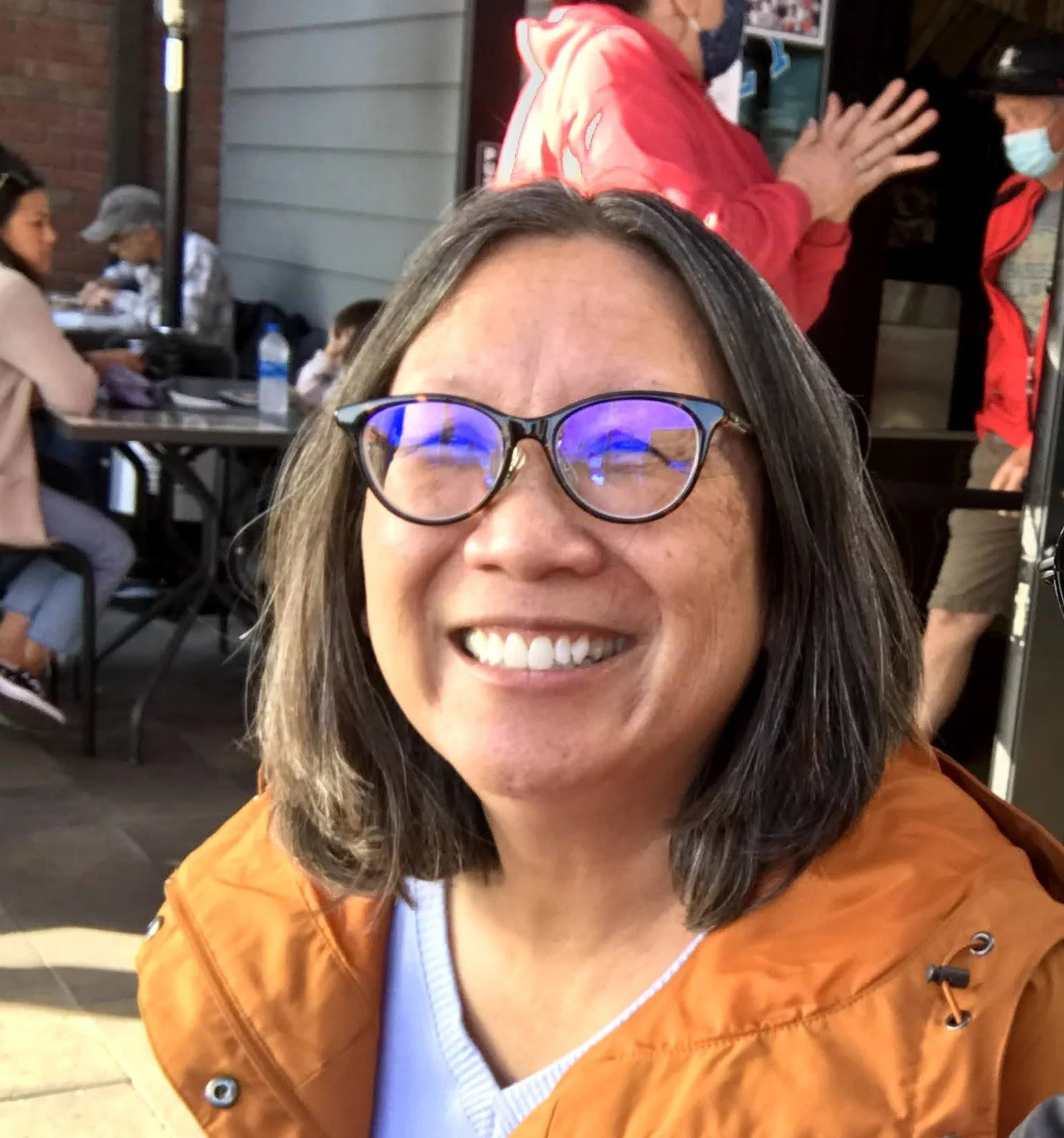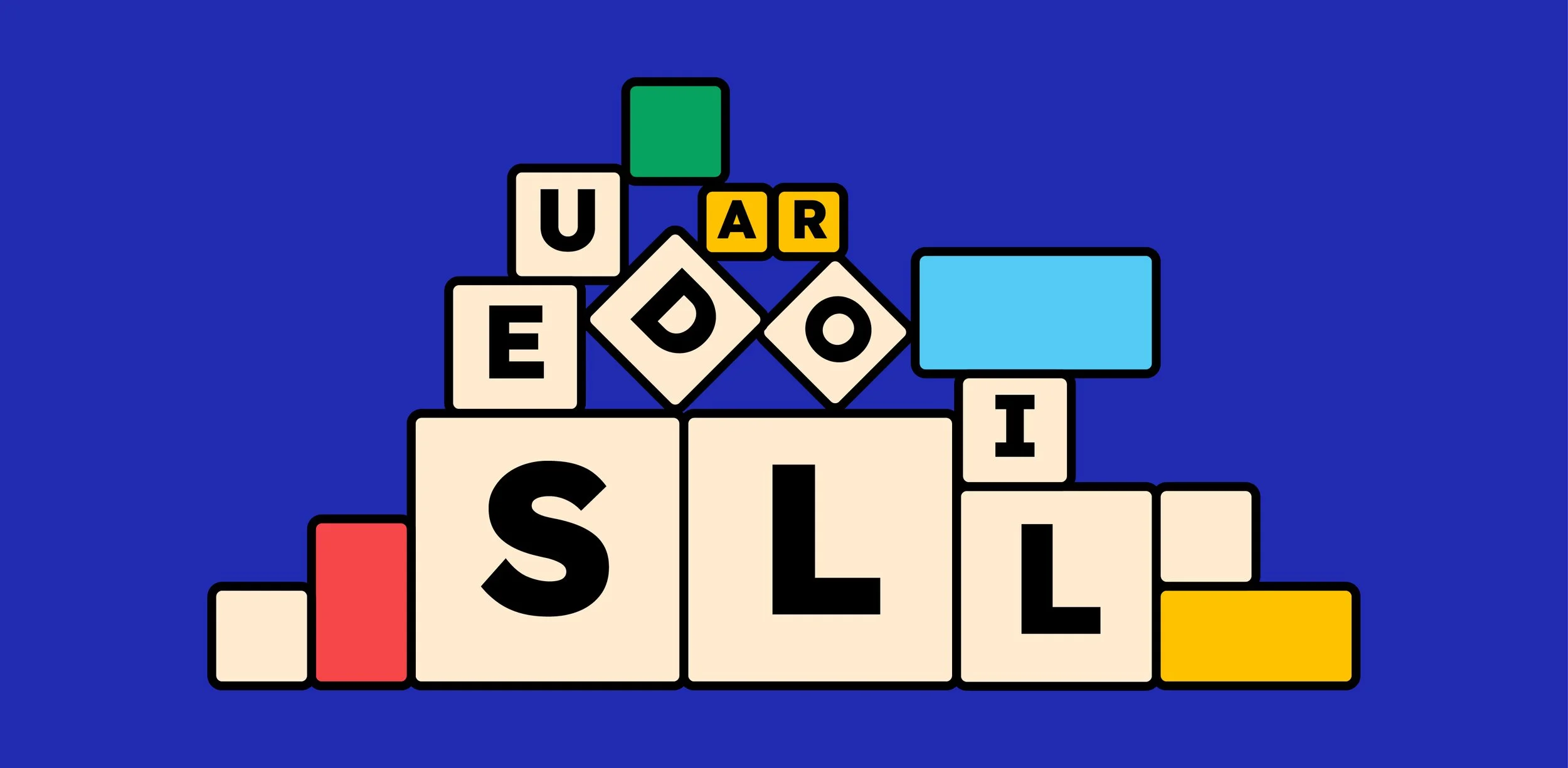Hello, I’m Stacey!
I am an educator and a life-long learner who enjoys teaching and collaborating with students, parents, and teachers to improve outcomes in Language Arts.
About Me
Throughout my 36 years teaching elementary students, it was my goal to provide a safe, loving, and positive environment to not only teach the curriculum, but also cultivate opportunities for students to grow. I consider myself both, a life-long learner and life-long educator. Post-public-school retirement, I hope to empower and equip fellow educators with the tools and strategies for their classrooms. I understand the pressures: limited time, differentiation, and learning a newly adopted curriculum while teaching social emotional learning and being aware of each students’ area of need based on the data from a universal screener. It's tough. But, I believe that it is the responsibility of educators to also be learners and each year and each class they can add to their craft of teaching. It is my desire to collaborate with and mentor educators to incorporate strategies in discernible chunks to embody and impart to students the mentality of a life-long learner.
The Five Reading Fundamentals
Reading is made up of complex skills that are interconnected, yet can be explicitly taught independent of each other. In 2000, the National Reading Panel identified 5 building blocks or complex skills of reading. The blocks consist of phonemic awareness, phonics, fluency, vocabulary, and reading comprehension. Once a student understands the components and can connect these skills, reading achievement can grow.
-
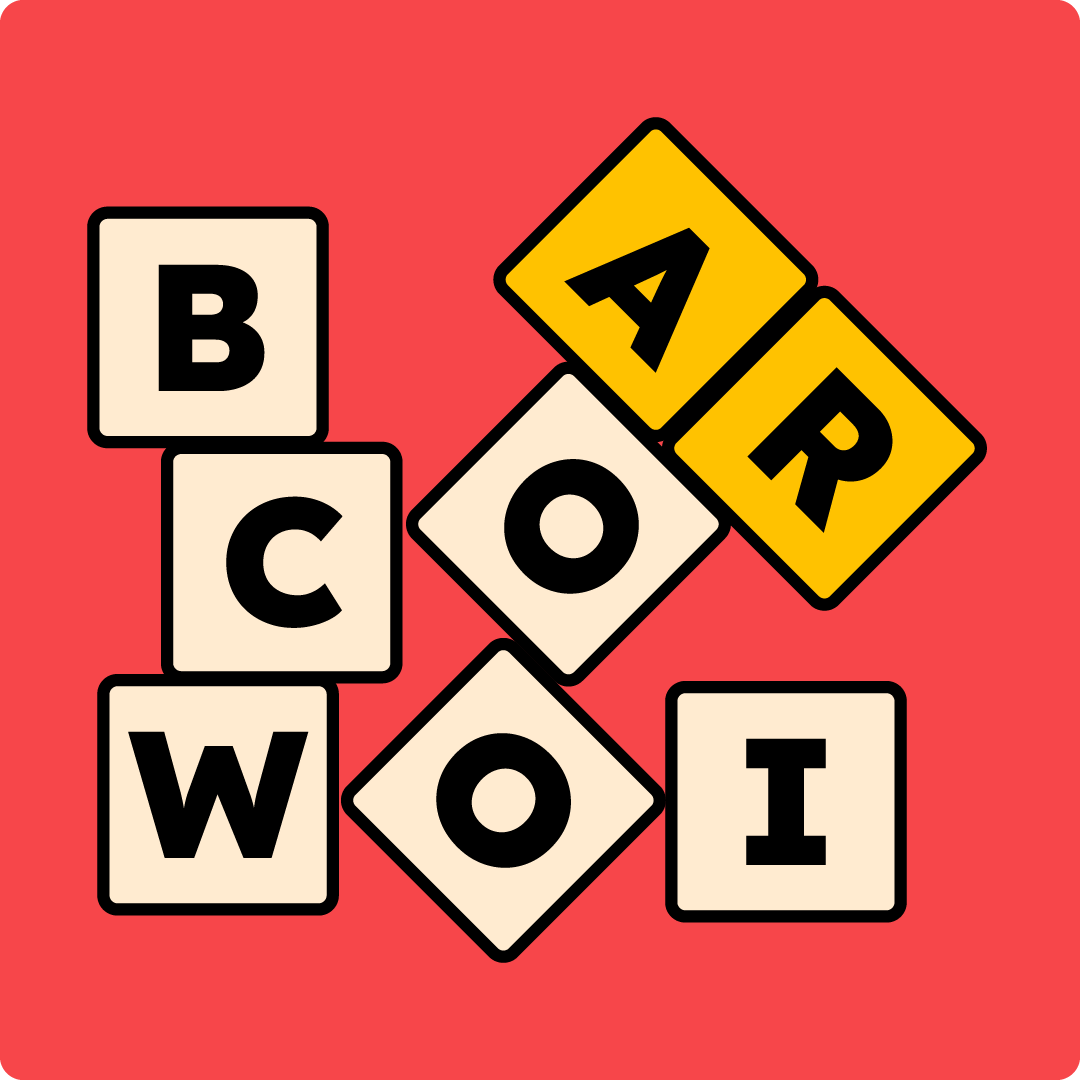
Phonemic Awareness
Phonemic Awareness is the ability to hear, identify and manipulate the sounds in a spoken word.
-

Phonics
Phonics is connecting the sound to letters or groups of letters.
-
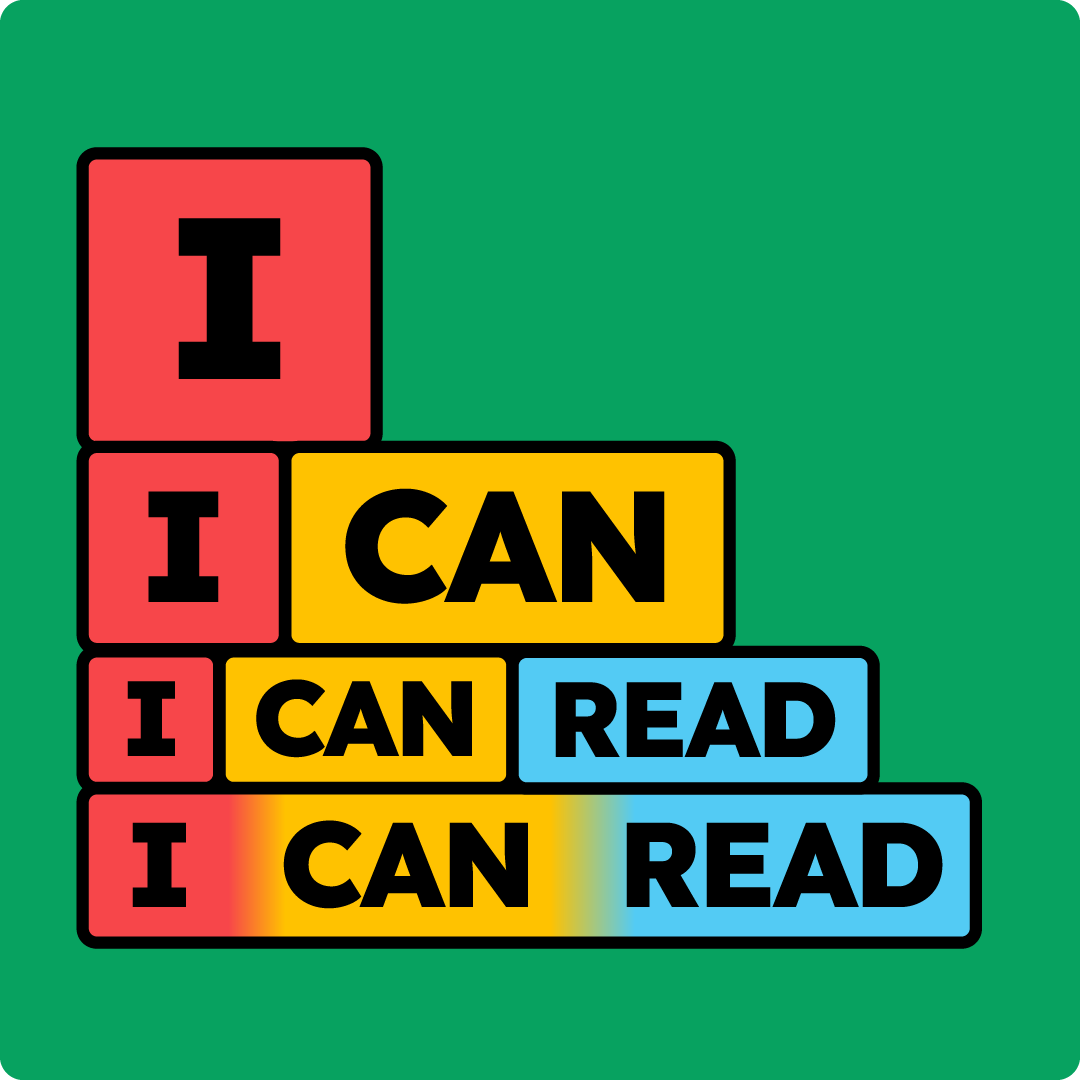
Fluency
Fluency is being able to read accurately, at an appropriate rate, and with prosody.
-
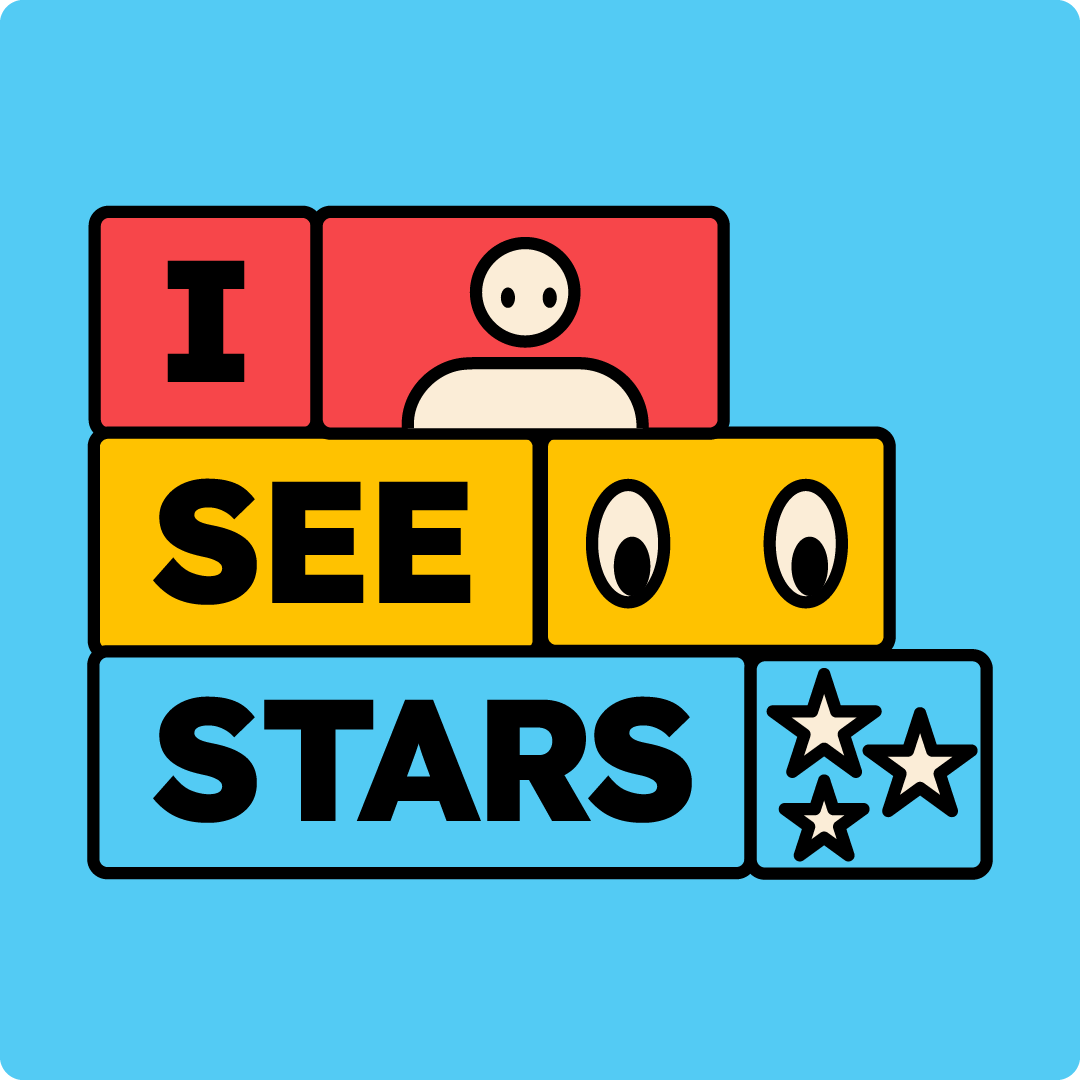
Vocabulary
Vocabulary is knowing word meanings, morphology, synonyms, antonyms, homophones, and figurative language.
-
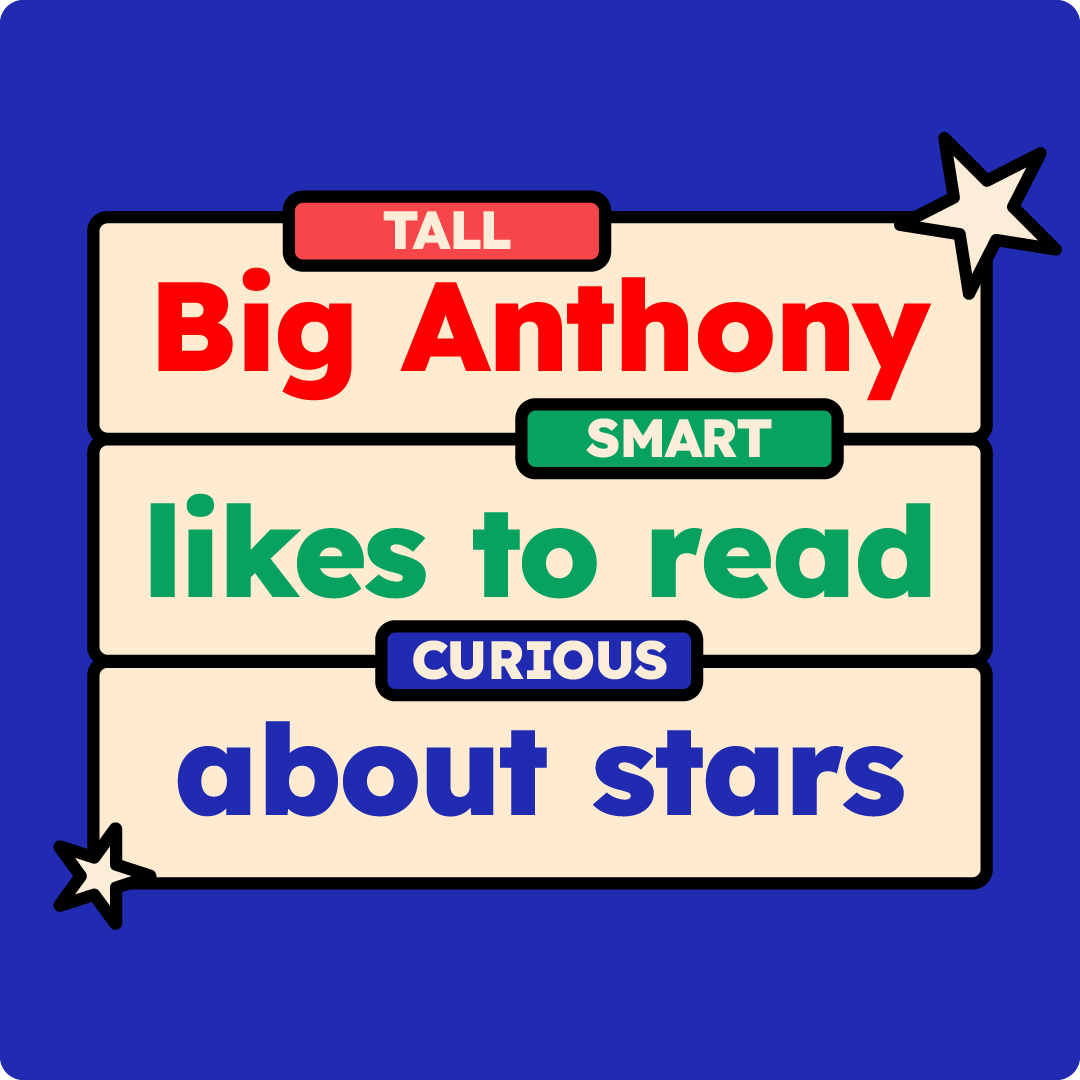
Reading Comprehension
Reading Comprehension is understanding text and text structure by accessing prior knowledge and vocabulary.
Kash, Summer Student
When I first met Mrs. Leung, she asked me, "What is reading?" I answered that reading is reading the words. Now I can say, "Reading is using text evidence. Read all the letter sounds. When I read, look at the end of the words. When I guess at reading a word, check if the sounds are there.”
Ms. K, Parent
“ Mrs. Leung is amazing and helped our child in so many ways! It was incredible to see his brain working and words coming together in a way they hadn’t before. She helped him learn a new way of reading and comprehending what he reads. I would absolutely recommend any child struggling with reading to work with Mrs. Leung. You will be amazed at the progress they make. ”
Contact
Contact
Interested in working together? Fill out some info and we will be in touch shortly! We can't wait to hear from you!

